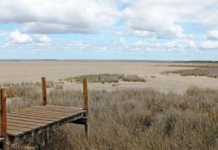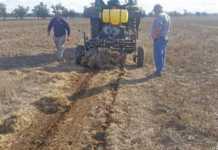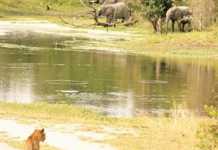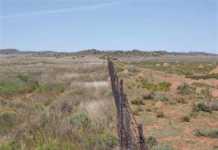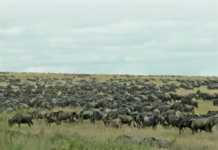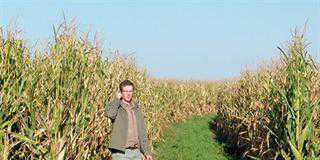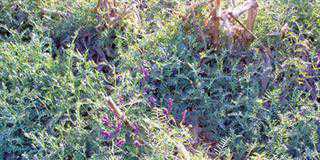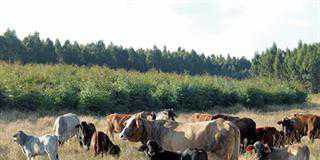Veld management practices involving burning are… well, hotly debated. So, at the outset, let’s decide to take a cool and objective approach. In my previous column, I promised to return to Waterkloof Farm in Molteno, Eastern Cape, where, by following Allan Savory’s holistic veld management principles, Dave and Kay Quinton have largely restored a seriously abused ranch.
And the process is still under way. Although the farm’s carrying capacity has been increased by 250%, Dave believes there’s still room for improvement. I think he’s right, and wouldn’t be surprised if he increases the carrying capacity by another 100%. I must point out, though, that animal production levels are already at a near-pinnacle level – annual calving rates are well above 90% and weaning weights exceed 220kg.
Camps
The number of camps and the cost of fencing are invariably the first veld management issues that arise. Savory promotes the ‘wagon wheel’ system – that is, multiple camps arranged in cells with a common drinking trough. Animals are bunched (high density grazing) and rotated quickly between camps.
Dave is at the point where camps are grazed for only two days on average before being moved to the next one. This isn’t a rigid rule, though. Prevailing weather conditions, the amount and type of grass available and the needs of the animals are all taken into account in determining grazing days per camp.
Fencing
Dave uses permanent electric fencing to cut costs to the bone. He says that fencing a farm the way he does costs about one-tenth of the price of a new farm in his district. Do your sums. As I see it, Dave would have to buy at least another farm to run the same number of cows that he does now.
Moreover, he’d have to feed hay and supplementary concentrates on these farms, which are very costly and not needed on Waterkloof. The point is that you just can’t buy a farm with the quality grazing that has been developed on Waterkloof. The second issue I want to deal with is camp layout. A conventional veld camp plan dictates separating veld types. For example, vleis and adjoining high-lying areas, each with their own distinctive species composition, must be separately camped off.
Savory’s approach ignores this. His camps can include a wide range of veld types, because high grazing density ensures uniform utilisation. As Dave points out, in this way, livestock can ingest a wider range of plants, thus ensuring a balanced and nutritious diet. I go along with this. It’s quite amazing how animals select what they eat to balance their diet – they know what they need.
Burning
And so to the hottest issue of all. I have a love-hate relationship when it comes to the use of fire in veld management. I abhor it for two good reasons. Firstly, there’s the loss of carbon (which fans the flames). This is a vital component of the energy (fuel) required by the soil ecosystem. Veld isn’t like a bakkie that runs just as well on a quarter tank of fuel as it does on a full tank – lower soil tank energy levels lower the rate of veld growth.
Secondly, fire destroys ground cover and so rainfall uptake is reduced and loss of soil moisture to the atmosphere is increased. On the other hand, I just have to love fire when there’s no other way to ensure good grazing. Recently, I went to a farm to mediate between a father and his son who had a disagreement on the issue of burning. The veld in question consists almost entirely of ngongoni (Aristida junciformis).
To make matters worse, it had come through the winter fully grown out. Its ability to supply the cattle with adequate nutrition was nearly zero. Burning would work wonders.Dave doesn’t burn. He doesn’t need to with the type of veld he farms. What’s more, I’m convinced that if he’d adopted burning as a management tool he would not have had the excellent and diverse species composition that ensures the productive capacity, value and beauty of his farm.
John Fair is a leading expert on pastures and founder and head of the SA Biofarm Institute in Harrismith. Contact John on 058 622 3585 or at [email protected] with ‘Biological farming’ in the subject line of your email.

